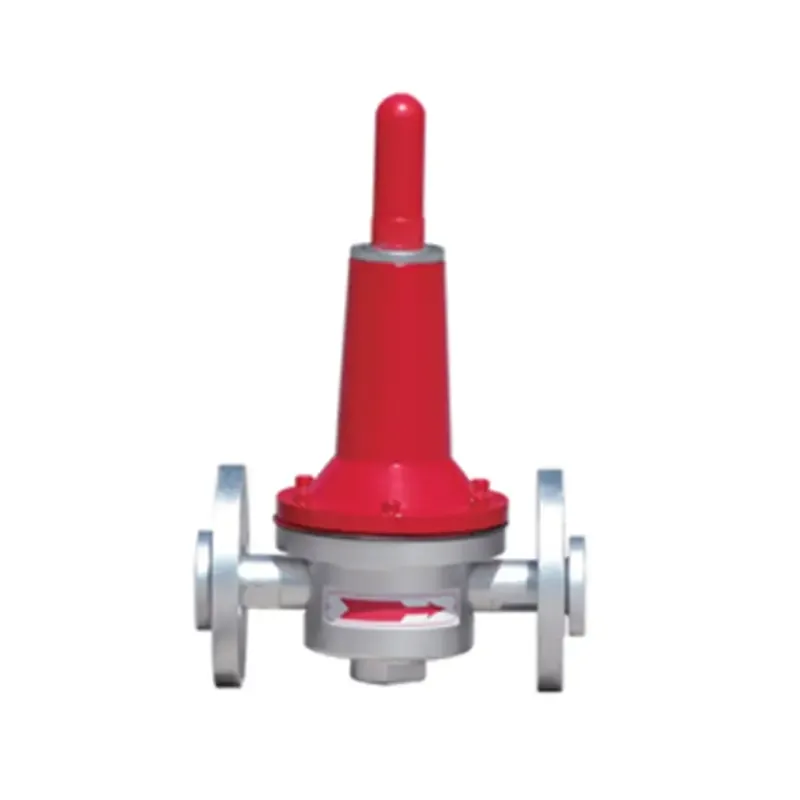
Dec . 07, 2024 00:40
Back to list
Measuring Gas Properties and Their Applications in Various Industries
Measuring Gas A Comprehensive Overview
The measurement of gas is a critical aspect of various industries, including energy, pharmaceuticals, and manufacturing. Understanding how to accurately measure gas is essential not only for operational efficiency but also for safety and regulatory compliance. This article explores the fundamental principles of gas measurement, the technologies involved, and the importance of precise measurement in today's world.
Principles of Gas Measurement
Gas measurement typically revolves around several key principles, including pressure, temperature, and volume. The Ideal Gas Law, PV=nRT, is often employed to relate these variables. Here, P represents pressure, V stands for volume, n denotes the number of moles of gas, R is the universal gas constant, and T is temperature in Kelvin. By understanding these relationships, engineers can determine how changes in temperature and pressure affect gas volume and vice versa.
Moreover, accurate gas measurement must consider the gas's composition. Different gases possess unique physical properties, which can influence the measurement processes. For instance, natural gas comprises primarily methane but can contain other hydrocarbons and impurities, necessitating specific measurement techniques to ensure accuracy.
Technologies for Measuring Gas
Several technologies are utilized in the measurement of gas. These include volumetric meters, mass flow meters, and gas analyzers.
1. Volumetric Meters These devices measure the volume of gas flowing through a pipeline. Common types of volumetric meters include diaphragm meters, rotary meters, and turbine meters. Each type has its advantages and limitations, making them suitable for various applications.
.
3. Gas Analyzers These sophisticated devices identify the composition of gas mixtures. They employ various methods, including infrared spectroscopy and gas chromatography, to analyze the components of natural gas or other gases in real-time.
قياس الغاز

Importance of Accurate Gas Measurement
The significance of accurate gas measurement cannot be overstated. In the energy sector, for instance, precise measurement is vital for billing purposes. Gas companies rely on correct meter readings to charge customers accurately. Inaccurate measurements can lead to revenue loss and customer disputes.
In the context of environmental regulation, accurate gas measurement plays a crucial role in monitoring emissions. Governments and regulatory bodies require companies to report their emissions levels, and precise gas measurement technologies are essential for compliance with environmental laws. Failure to measure and report accurately can result in hefty fines and reputational damage.
Furthermore, in the pharmaceutical industry, the production of gases like oxygen and nitrogen involves strict quality control. Any deviations in the composition can affect the safety and efficacy of medical products. Gas measurement technologies ensure that the gases produced meet the required standards and regulations.
Challenges in Gas Measurement
Despite advancements in technology, measuring gas presents several challenges. Variations in temperature and pressure, the presence of contaminants, and the physical state of gases can all introduce errors in measurements. Regular calibration and maintenance of measurement equipment are essential to mitigate these challenges and ensure reliability and accuracy.
Additionally, as industries evolve and the demand for more sustainable energy sources grows, gas measurement technologies must adapt. The integration of IoT (Internet of Things) devices and smart sensors is beginning to reshape how gas is measured, enhancing data collection and sharing capabilities.
Conclusion
In conclusion, measuring gas is a fundamental aspect of various industries, necessitating an understanding of both the principles of gas measurement and the technologies involved. Accurate gas measurement not only ensures operational efficiency and compliance with regulations but also plays an integral role in safety and environmental protection. As technology continues to advance, the future of gas measurement looks promising, aiming for greater precision, reliability, and adaptability in an ever-changing landscape.
Latest news
-
Safety Valve Spring-Loaded Design Overpressure ProtectionNewsJul.25,2025
-
Precision Voltage Regulator AC5 Accuracy Grade PerformanceNewsJul.25,2025
-
Natural Gas Pressure Regulating Skid Industrial Pipeline ApplicationsNewsJul.25,2025
-
Natural Gas Filter Stainless Steel Mesh Element DesignNewsJul.25,2025
-
Gas Pressure Regulator Valve Direct-Acting Spring-Loaded DesignNewsJul.25,2025
-
Decompression Equipment Multi-Stage Heat Exchange System DesignNewsJul.25,2025

